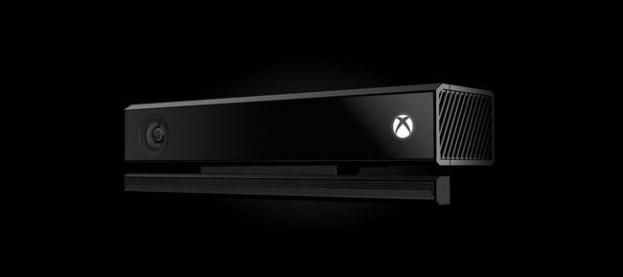
The next-generation version of Microsoft’s Kinect peripheral that ships with the Xbox One in November 2013 won’t work with PCs, a company spokesperson confirms in a statement issued to Ars Technica. The Kinect that ships inside the Xbox One box won’t have an adapter that allows it to plug into a PC. The new and improved Kinect for Windows sensor plugs into a computer’s standard USB 3.0 port.
The hardware revelation grew out of the news that Microsoft is now accepting applications from developers hoping to get their hands on the next-gen Kinect device that will eventually launch for Windows after it ships with the Xbox One this fall. The company revealed that the new Kinect for Windows will launch publicly in 2014, but developers may gain access to the upgraded sensor’s software development kit as early as November 2013.
The next-gen Kinect for Windows SDK costs $399 and nabs developers a pre-release Kinect sensor (to later be upgraded with a consumer model when the Windows version launches), direct access to the Kinect for Windows engineering team via a private forum and exclusive webcasts, and access to the development kit alpha program and all Kinect APIs. Microsoft confirms that there’s a limit on the number of spots in the program, but applications are being accepted until July 31 at 9am PT for those who are interested. Approved applicants will be notified in August.
The original Kinect launched for Windows more than a year after its Xbox 360 counterpart hit store shelves. It’s been used for applications ranging from PC gaming to medicine. Unlike the second-gen Kinect, the original hardware was compatible with both the Xbox 360 and Windows PCs via a standard USB connection.
Editors' Recommendations
- Windows 11 might nag you about AI requirements soon
- How to sync files and folders to OneDrive
- ‘Compact Mode’ can’t fix the Xbox app. Here’s what could
- One of Windows 11’s most requested features may launch soon
- Windows 11 has been causing problems with Intel graphics for months, and no one said a word


